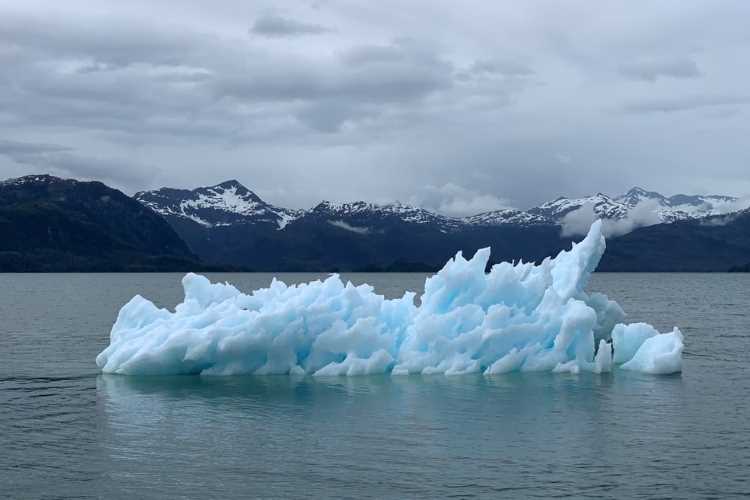
Extreme weather events are wreaking havoc across the world and the rich countries have started to feel the heat of climate change. A new study shows that sea levels across the Southeastern United States are rising three times faster than the global average, putting coastal populations in peril. In fact, the sea-levels in the US have been on an exponential rise since 2010. The study is an eye-opener. In the discussions pertaining to global warming and climate change, it is often said that poorer countries which have contributed least towards rising temperatures are often the ones that face most of the damage caused by extreme weather events. The new study challenges this assumption.
The study published in the journal Nature Communications and an earlier study this month in the Journal of Climate have found that communities along the US Gulf and Southeastern coastlines, from Houston to New Orleans and Miami to Cape Hatteras could be at great risk from rising tides than previously assumed. In November, a NASA study had also found that sea levels along US coastlines could increase by as much as a foot by 2050, adding that the Southeast and Gulf coasts will face substantially higher rates of rise.
READ | Green hydrogen: Hurdles to India’s quest to become a global leader
The science behind sea level rise is simple; human-caused global warming such as burning fossil fuels has driven sea-level rise worldwide. With rising temperatures, the world’s glaciers and ice sheets have been melting which is the chief cause for a global acceleration in sea-level rise. The mean sea-levels from meltwater are unprecedented in 120 years. The ocean absorbs 90% of warming on the planet. As business goes as usual with regards to human activity, oceans will warm and more sea ice will melt, adding to sea level rise.
Cost of climate change
As far as coastal areas are concerned, the cost of climate change can be profound. In recent years, the already vulnerable landscape of the US has seen increased flooding, more severe hurricanes and eroding shorelines that once provided protection from storm surges. And it is not just America-exclusive. Rising sea-levels pose a threat to cities which are low-lying and hence are vulnerable to getting submerged. This includes Indian cities such as Mumbai. Millions of people across the world are witnessing their shorelines not-so-gradually slip into the ocean as flood damages rise and insurance costs spike.
Rising sea levels also pose a threat to natural ecosystems, such as wetlands, mangroves, and coral reefs. These habitats provide vital services such as storm protection, erosion control, and nursery grounds for fish and other species. As sea levels rise, these ecosystems can become submerged, leading to habitat loss and declines in biodiversity.
The impacts of rising sea levels are particularly severe in developing countries with large coastal populations and limited resources to adapt. In India, sea level rise is a major concern, as it poses a significant threat to the country’s densely populated coastal areas. According to a report by the Ministry of Environment, Forest and Climate Change, more than 40 million people in India live in coastal areas that are vulnerable to sea level rise.
The consequences of rising sea levels include increased flooding, erosion, and saltwater intrusion, which can devastate coastal communities and ecosystems.
According to the Intergovernmental Panel on Climate Change (IPCC), sea levels have risen by about 15 centimetres (6 inches) since the late 19th century, with half of that rise occurring in the last 25 years. The IPCC reports also project that sea levels will continue to rise at an accelerating rate, reaching between 0.61 and 1.10 meters (2 to 3.6 feet) by the end of the century, depending on greenhouse gas emissions and other factors.
Mitigating sea-level rise
In response to the threat of rising sea levels, many countries and communities are taking action to adapt and mitigate the impacts. Some adaptation measures include building sea walls, elevating buildings and roads, and relocating communities away from the coast. These measures can be expensive and difficult to implement, particularly for low-income communities.
Mitigation measures, such as reducing greenhouse gas emissions, are also essential to slow the rate of sea level rise and limit the extent of the impacts. The Paris Agreement aims to limit global warming to well below 2 degrees Celsius above pre-industrial levels and to pursue efforts to limit the temperature increase to 1.5 degrees Celsius. Achieving this goal will require a rapid transition to low-carbon energy sources and other measures to reduce emissions. Adaptation and mitigation measures are necessary to address the impacts of rising sea levels, but they require significant resources and political will. It is crucial for governments and individuals to take action now to prevent the looming disaster.
